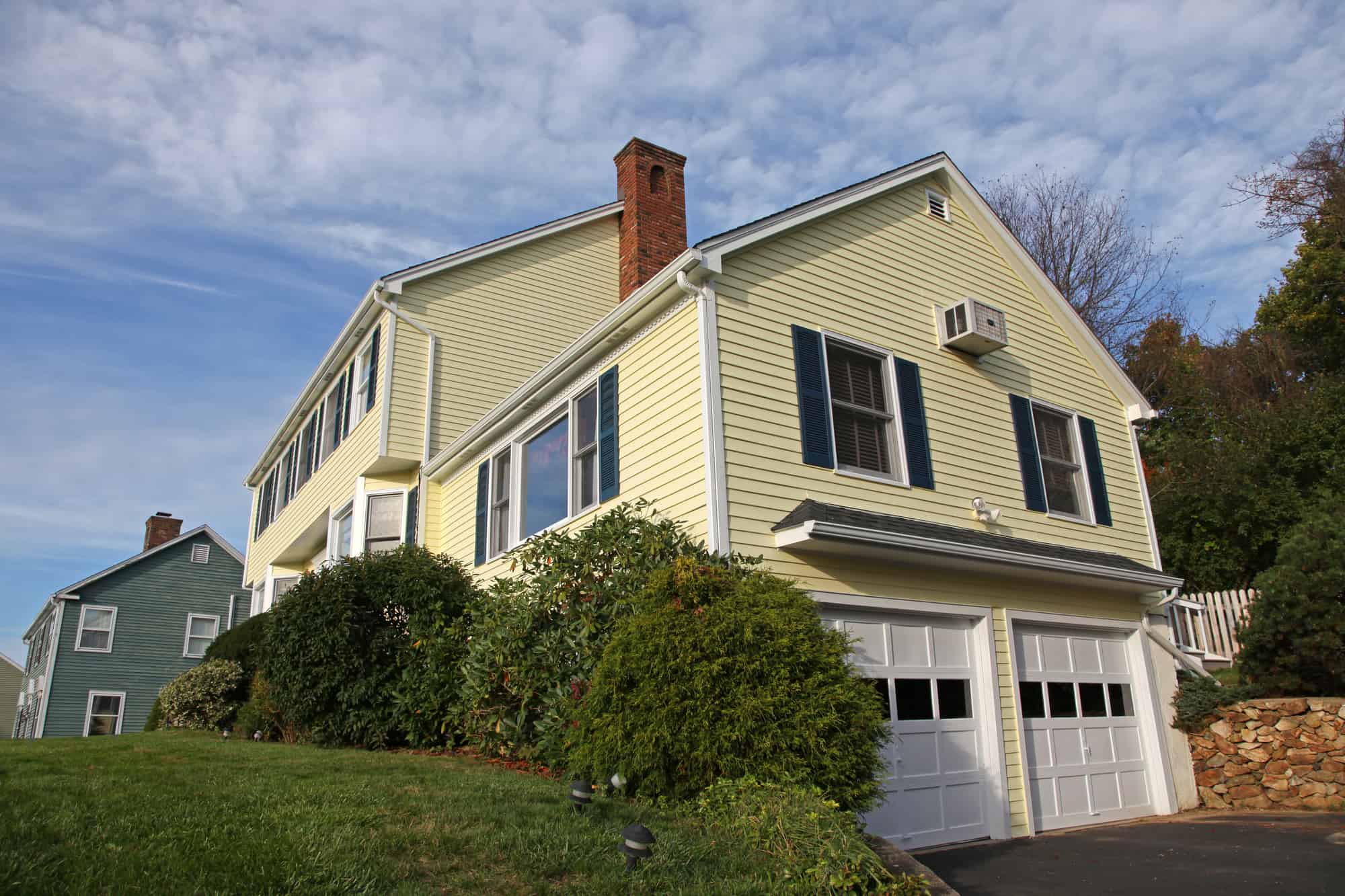Circuit breaker boxes came into use in the 1960s and represented “a new age of resettable devices,” unlike traditional fuses that had to be replaced when they blew. The newer, more technical terms are “electrical service panel” or “electrical panel.”
Circuit breaker box repair is also more technical today. It simply isn’t your grandma’s breaker box.
Circuit Breaker Box Repair and SES
To understand circuit breaker box repair, you must have a fundamental knowledge of SES (service entrance section). The SES is the outside electrical service point where electricity enters the house. Its components are one hot cable and 1 neutral cable that run from the utility wires to an inside entrance line. That line connects to the electrical service panel.
10 Signs You Need Circuit Breaker Box Repair or Replacement
If your electrical panel is more than 20 years old, you should prepare for replacement. The 2021 cost to replace an electrical panel is between $851-$4,000. The cost depends on your location, architecture, size of your home, and the number of circuits you need.
Wiring problems can sometimes be managed with repair, not replacement. You may need connections tightened or components replaced. If you have a Zinsco brand breaker box, it must be replaced.
Signs you need replacement include:
- Age – Circuit breaker boxes can last up to 40 years. If your electrical panel is more than 20 years old. If you have fuses instead of circuit breakers, consider an upgrade. Your system’s wear-and-tear depends on:
- Manufacturer
- Number of power surges in your area
- Use
- Appliance upgrades – Large electronic appliances pull more power, especially smart appliances. If you have a kitchen renovation with all-new appliances, consider an inspection by a licensed electrician.
- Burning smell – It might be plastic or wood but it is critical. Contact your electrician immediately.
- Direct damage – If something heavy falls into your circuit breaker and it suffers direct damage, contact your local electrician to inspect it for safety.
- Feels warm – If you feel any heat coming from your electrical panel, contact your electrician immediately.
- Frequent breaker tripping – This is protecting your property from fire and it’s a red flag. It’s an indicator you need a circuit breaker box repair or upgrade.
- Lights dim/flicker – Your lights shouldn’t dim or flicker when you draw extra power by turning on a vacuum cleaner, for example.
- Noises – Hissing, popping, buzzing…all are warning signs. Your electrical panel may be repaired unless you “let it go” too long. Then, you’ll need a replacement.
- Rust/corrosion – This means your electrical panel has suffered water damage. You need the panel inspected. You also need to find the source of the leak.
- Too many power strips – This means you don’t have enough outlets and you’re taxing the system that was originally installed. You will need circuit breaker box repair or replacement.
Common Causes of Electrical Panel Problems
Rust and corrosion are obvious signs of electrical panel problems. The two main causes of panel issues are inadequate capacity and overcrowding.
A ten-year-old home probably has a 200-amp electrical panel. That’s sufficient for an average residence. Homes built before 1990 and starter homes may have 100-amps. That’s not likely to be sufficient to accommodate today’s electrical devices and smart appliances. Overcrowding and inadequate capacity occur when you’re trying to pull 200-amp service from a 100-amp panel.
The Best Way to Avoid Circuit Breaker Box Repair
Savvy homeowners retain a local, trusted and experienced electrical contractor. Your electrical maintenance company will track your home’s inspections, upgrades, and remind you when it’s time for your annual inspection. You’ll never be surprised because you’ll know exactly what’s going on with your home’s electrical system.
It’s a small investment that can prevent major expenses.
The best way to avoid circuit breaker box repair is to contact Turn It On Electric. Our team of electrical service professionals is eager to partner with you for safer, more energy-efficient living.











